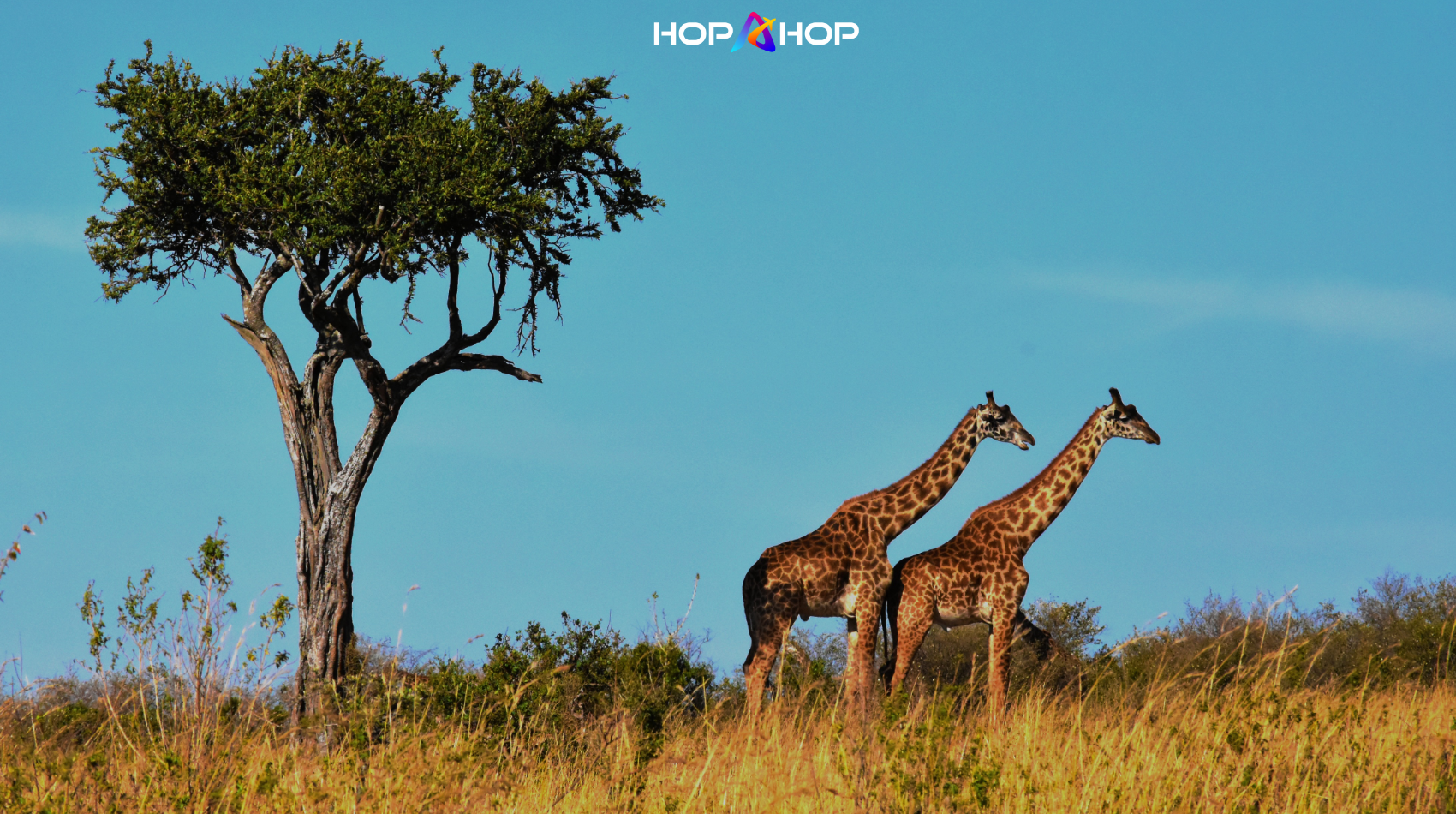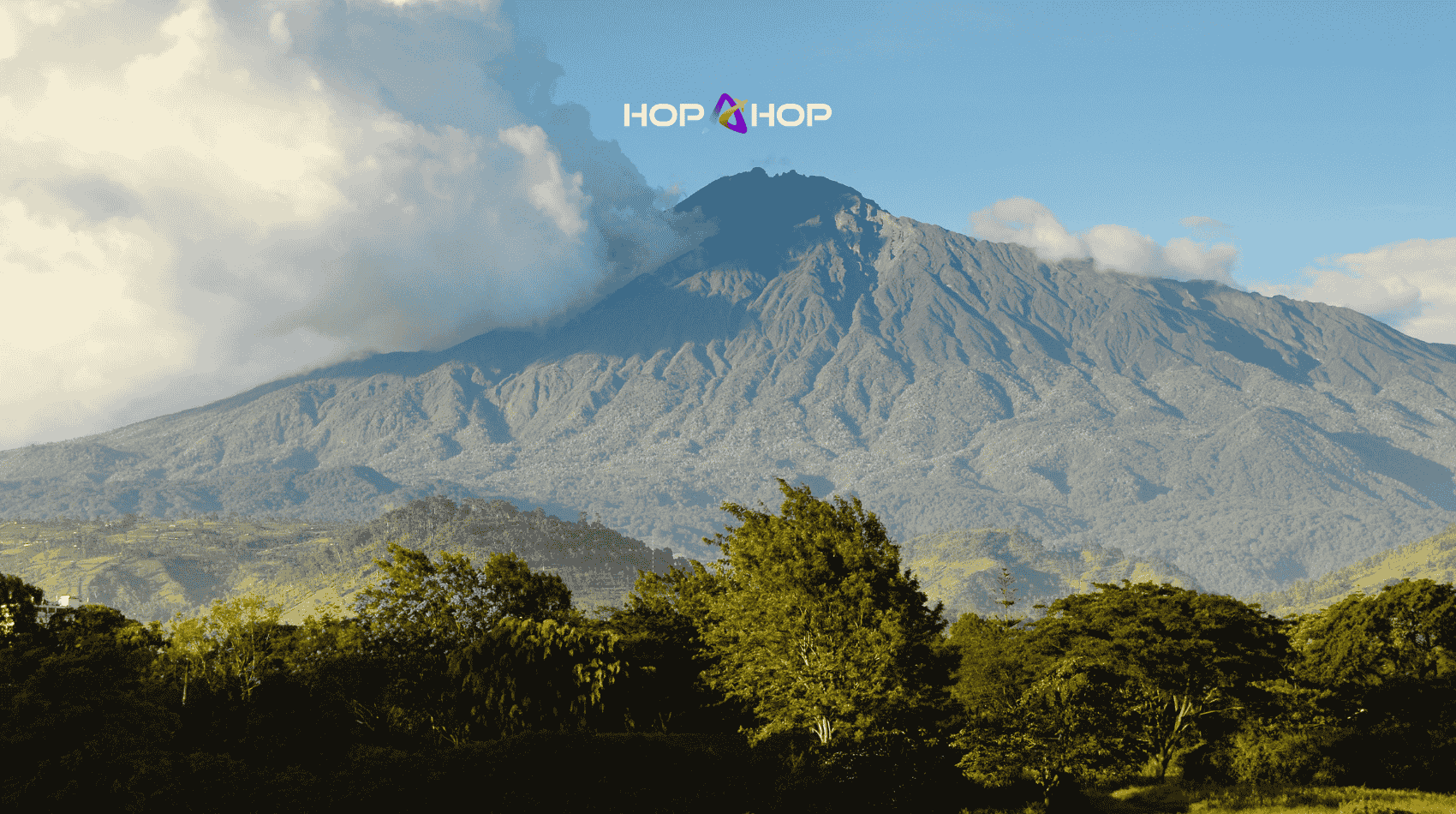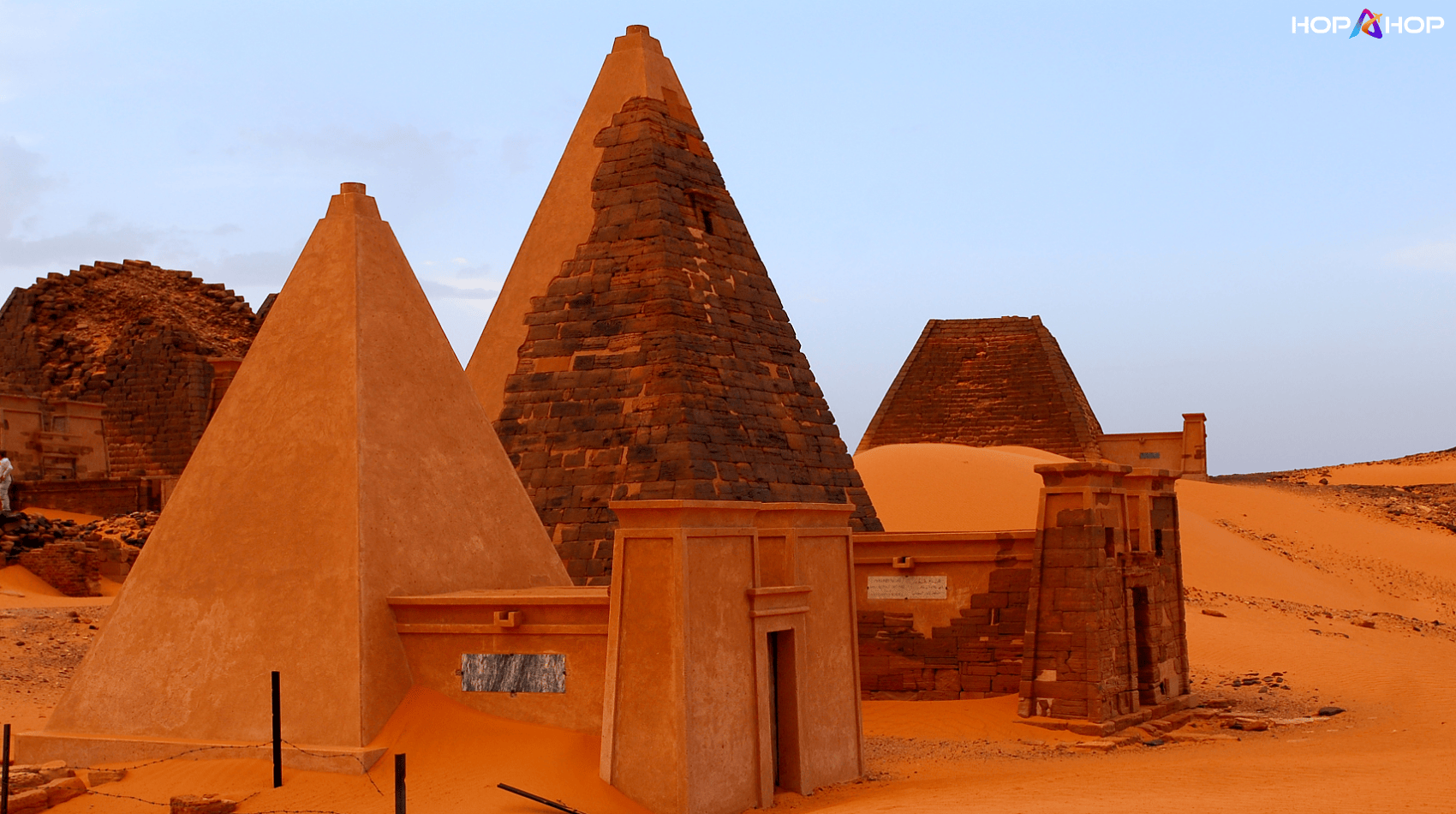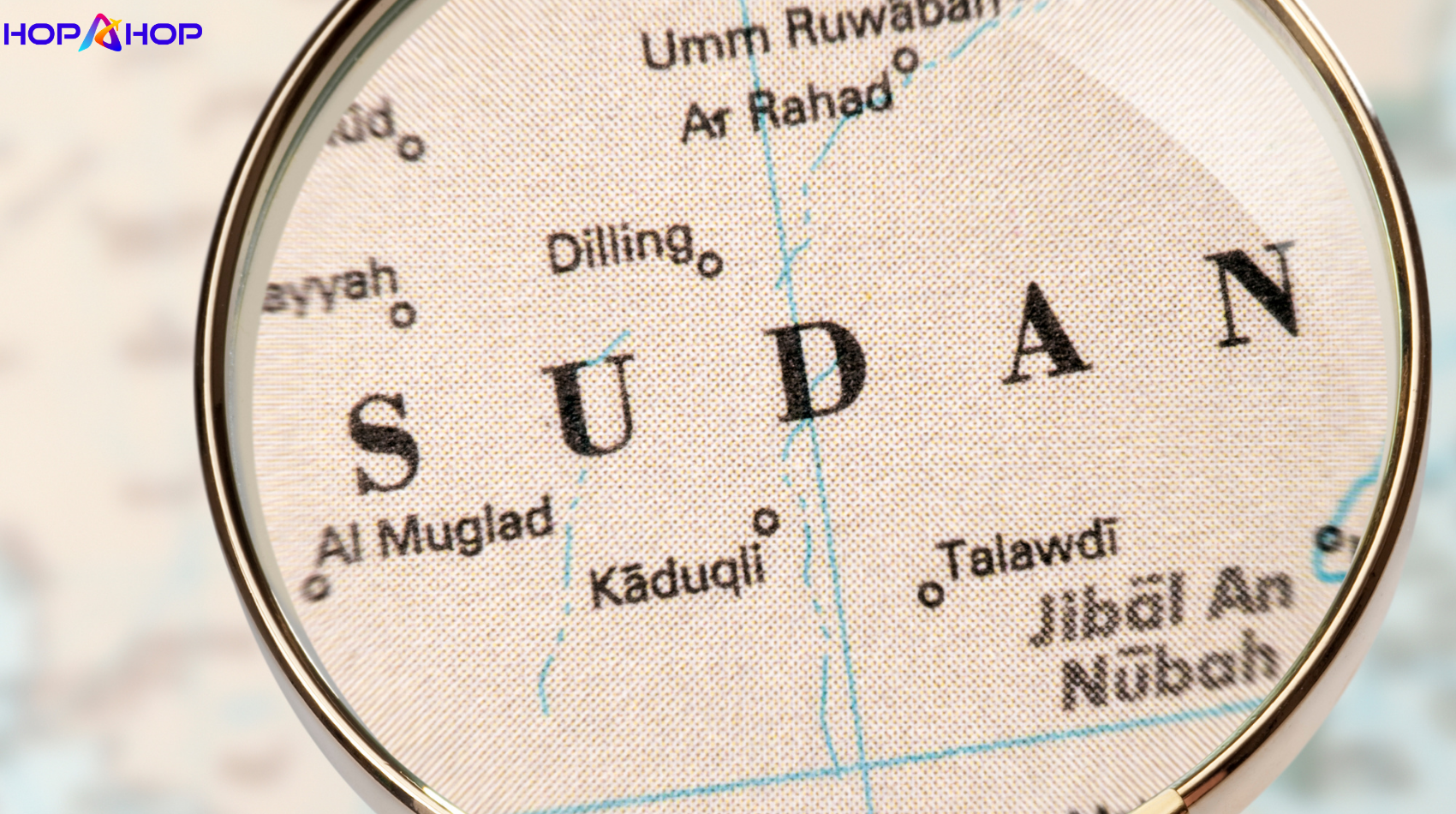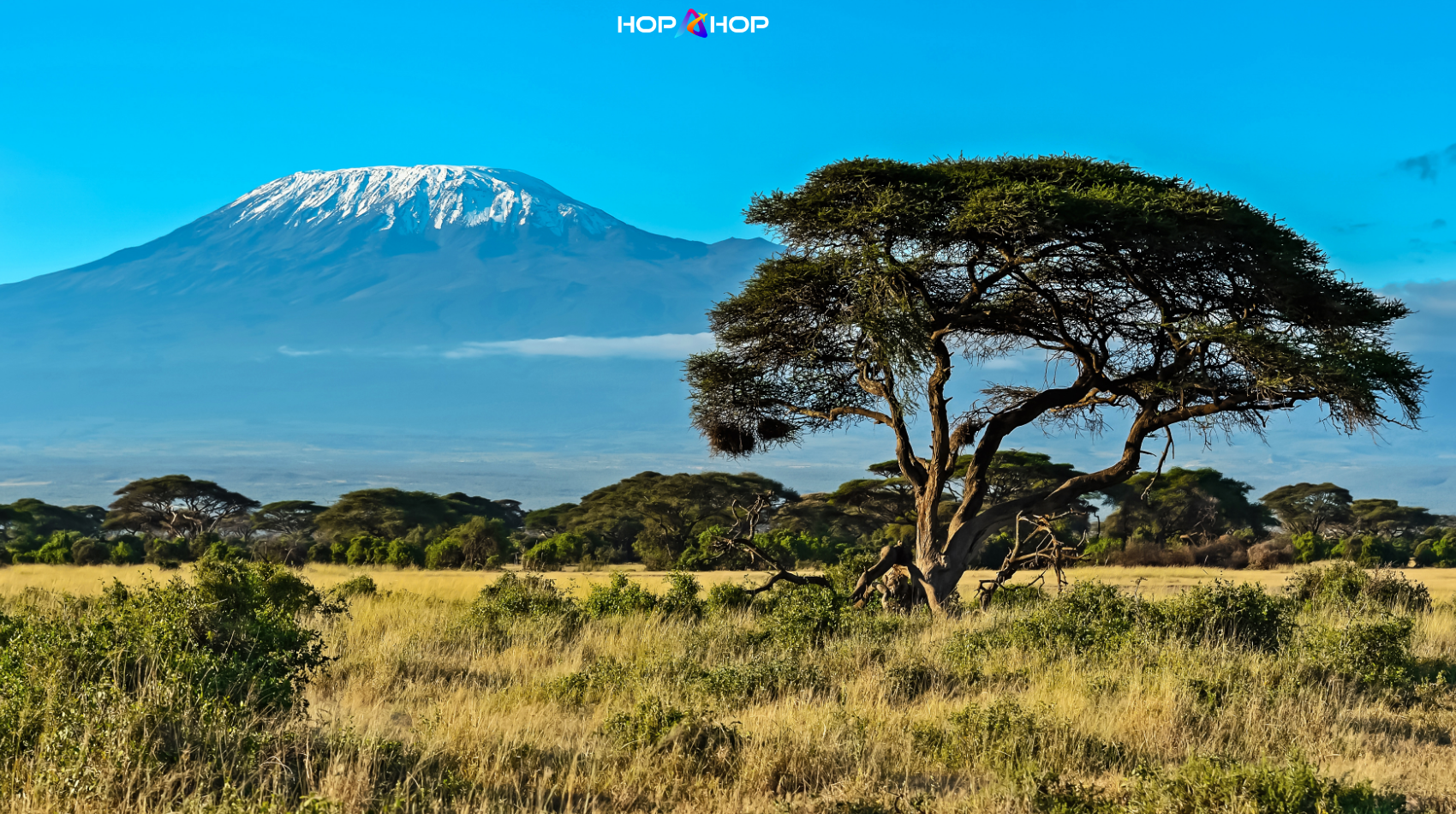How to Travel Around Ghana: Transportation Tips for Tourists | Travel in Ghana
Ghana is a beautiful country with a rich cultural heritage, diverse landscapes, and bustling cities. Whether you’re visiting the vibrant capital of Accra, the historical town of Cape Coast, or the serene beaches of the western region, getting around Ghana efficiently is key to making the most of your trip. In this guide, we’ll walk you through the best transportation options for tourists traveling around Ghana.
1. Taxis – A Convenient and Affordable Option
Taxis are one of the most popular modes of transportation in Ghana. They are widely available in cities like Accra, Kumasi, and Takoradi, and they offer flexibility in terms of travel routes and schedules. You’ll find both regular taxis and “shared” taxis (which pick up multiple passengers along the way).
- Tip: Always agree on the fare before starting your journey or ensure the meter is used. It’s common to negotiate prices, especially for longer trips.
2. Trotros – The Local Minivans for Budget Travelers
Trotros are a unique and affordable form of public transport in Ghana. These shared minivans run fixed routes within cities and between towns. They are the most economical option for getting around Ghana, though they can be crowded and might not always run on a set schedule.
- Tip: Trotros are great for short trips or if you’re on a budget, but be prepared for a lively and sometimes unpredictable ride.
3. Buses – Comfortable Long-Distance Travel
For longer journeys between cities and towns, buses are a popular option. Ghana has a number of private bus companies, including STC (State Transport Corporation) and VIP buses, offering air-conditioned, comfortable rides. These buses often run scheduled services from Accra to major cities like Kumasi, Takoradi, and Tamale.
- Tip: Make sure to book your tickets in advance during peak travel seasons, as buses can fill up quickly.
4. Car Hire – More Freedom and Comfort
If you prefer the freedom of traveling at your own pace, renting a car is a good option. Car hire companies are available in major cities, especially in Accra. Renting a car gives you the flexibility to explore at your own speed and visit remote areas that might be difficult to reach by public transport.
- Tip: If you plan to drive, be aware that traffic can be chaotic in major cities, and local driving practices may be different from what you’re used to. Consider hiring a local driver for a more comfortable experience.
5. Domestic Flights – A Quick Way to Cover Long Distances
Ghana is a large country, and if you want to quickly cover long distances, domestic flights are available. Airlines like Africa World Airlines and PassionAir offer regular flights between major cities, such as Accra, Kumasi, Takoradi, and Tamale.
- Tip: Domestic flights can save you time, but be sure to book in advance for the best prices and availability.
6. Bikes and Motorcycles – Ideal for Short Trips
For short trips within towns, motorbikes (often referred to as “okadas”) and bicycles are common options. These are great for navigating narrow streets and avoiding traffic jams, especially in crowded cities like Accra.
- Tip: While convenient, be cautious when riding on motorcycles, as safety standards may vary.
7. Rail Travel – A Scenic Way to Explore Ghana
Although rail travel is not as popular as other options, Ghana does have a limited rail network that connects Accra with Takoradi and other cities. The trains offer a scenic way to travel, and it’s a unique experience for tourists.
- Tip: Train services may not always be reliable, so it’s best to check schedules ahead of time and prepare for delays.
8. Motorized Canoes and Boats – Exploring Coastal and River Regions
If you’re planning to visit coastal or river regions like Lake Volta or the Nzulezo stilt village, motorized canoes and boats are popular means of transport. These boats provide a scenic and peaceful way to explore some of Ghana’s beautiful waterways.
- Tip: Always ensure that the boat operator follows safety protocols, especially if you’re not experienced with boating.
Conclusion:
Ghana offers a variety of transportation options to suit different travel needs, from budget-friendly trotros to comfortable long-distance buses and the convenience of taxis. Whether you’re navigating the vibrant streets of Accra or exploring the more remote regions, these transportation tips will help make your journey through Ghana smooth and enjoyable. Make sure to plan ahead, stay flexible, and enjoy the adventure of traveling around this amazing country!



